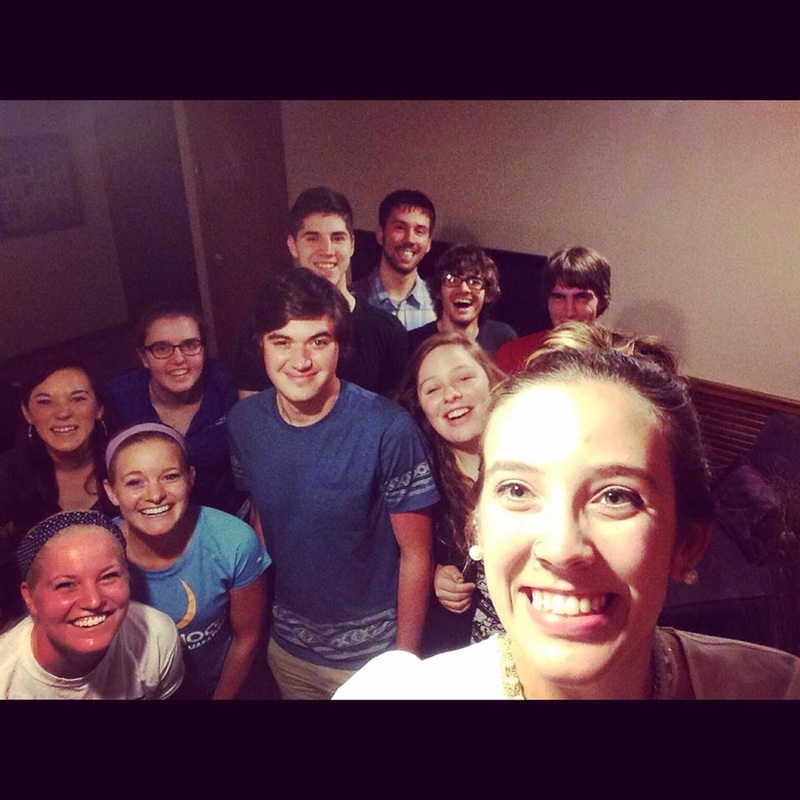Getting people to church was not enough to reveal all that God was and is doing in and through people's lives. The north American church was busy but just not very good at making disciples, a mark of a Biblically-defined missional congregation. As suggested previously, what really counts may not be counting individuals at a particular time each week. It might be better to take cues from the past, namely Wesley's "societies," and count smaller and more intimate gatherings of active believers, what I call "circles."
It may not be necessary for each group of believers to emphasize all four purposes equally, but they should have at least one of the purposes as a primary motivation. The fourfold missional purpose of the church activated by gathered circles of believers could become tangible means of evaluating the total missional impact of the church. For example, take the following hypothetical situation of Generic First Church. This fellowship of believers holds two Sunday morning worship services, ten discipleship classes every Sunday morning between services, nine home groups on Sunday evening and some others throughout the week, four service teams that volunteer three days a week across the city, three foreign mission teams that gather for prayer and training for two-week trips throughout the year, two worship teams that gather for prayer and practice during the week and on Sundays prior to worship, pastoral staff gathers once a week for planning, eight informal groups of men and women gathering for accountability and fellowship, children’s and youth groups meeting in various formats weekly and monthly, and a launch team readying for a new church plant in a neighboring community. Yet the main category of effective ministry currently implemented by the church and recorded by the overseeing district is how many individuals attended the Sunday morning worship services. In many ways, in light of all the church is called to do, the Sunday morning attendance count misses the mark in measuring the total missional impact of the church. Only one or two circles are counted. What if the number of circles, i.e. groups and teams mentioned above, were categorized by their intentional purpose (witness, fellowship, proclamation, service) and counted as the reflection of the church’s total missional impact in the world? What if the value of a church was not that it is “running 325 on Sunday mornings” but rather taking the Sunday morning worship service as a single local church gathering along with affirming the other forty-two total circles being sent into the world creating real missional impact by envisioning the purposes of the church, making disciples, and multiplying outwardly? The only difficulty rests in how to categorize each circle by how much it reflects one or more of the four intentional tasks of the church.
In the end, the purpose and task of the circle communicates what really matters in the church in its total missional impact. It could be adapted to every expression of the church from the home group to the local church to the district to conferences to regional associations. Counting circles reveals the total capacity of the Church to fulfill its intentional purposes through its missional calling in the world and becomes the central concern of evaluating what it is and what it does in making an impact in its neighborhood. This is the fifth installment in blog series on Evaluating the Missional Impact of the Church: Part 1 - What Really Counts? Part 2 - Nickels & Noses Part 3 - On a Mission from God Part 4 - Counting What Really Matters
0 Comments
Leave a Reply. |
Bio
teacher, writer, Archives
August 2022
Categories
All
|





 RSS Feed
RSS Feed